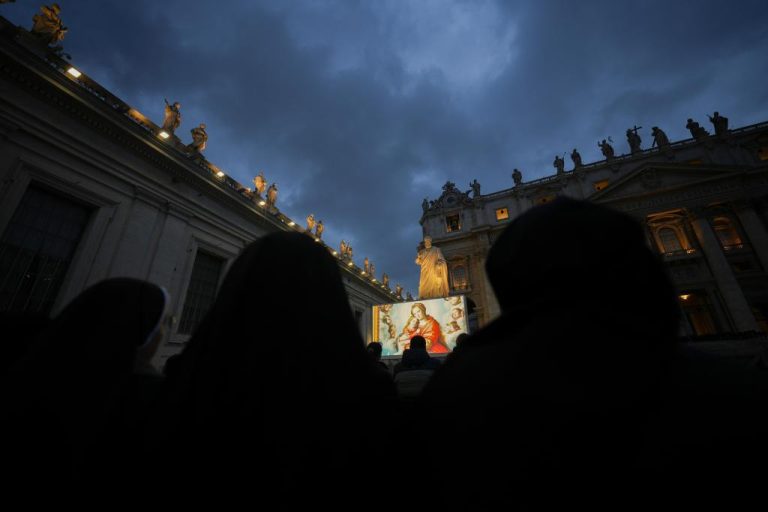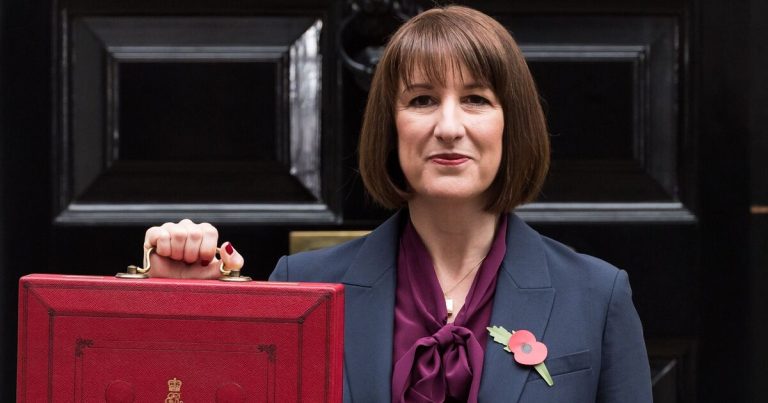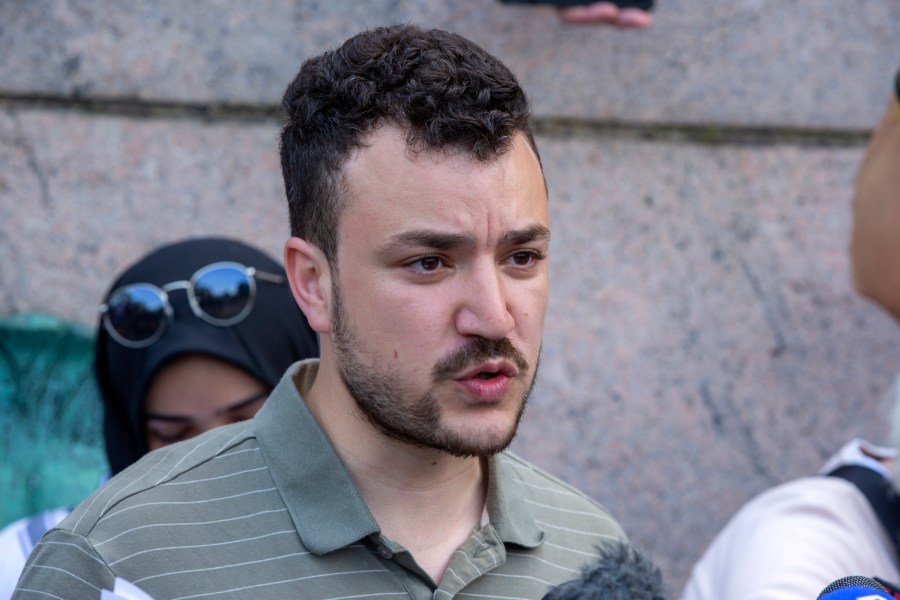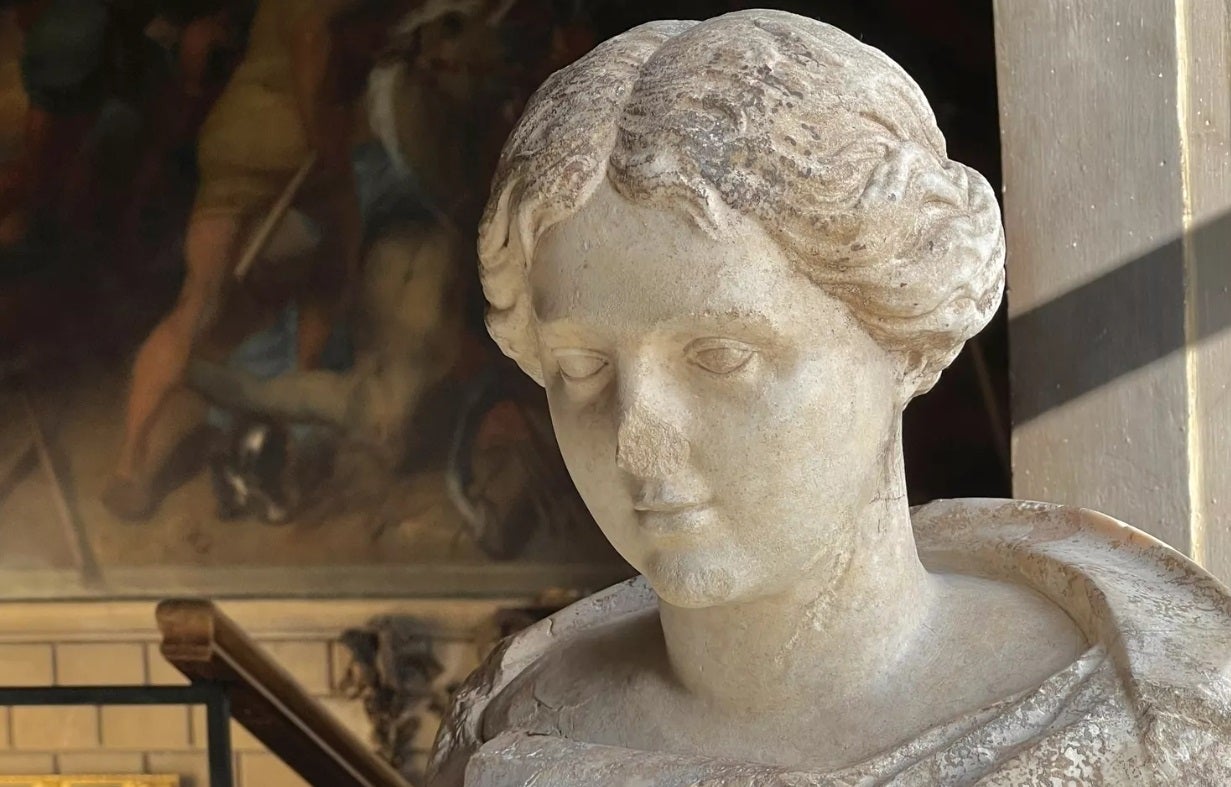
A “pale object” that looked like a large, bland stone was unearthed by chance during a routine construction project in the United Kingdom.
Then the digger, Greg Crawley, saw a face. At the time, he had no idea that he had stumbled upon an 1,800-year-old artifact that dates to the first or second century.
After careful study and cleaning, experts said Crawley found the head of an ancient Roman sculpture. Two weeks later, a marble bust was found at the same construction site.
“I had a real shock as the digger bucket rolled over what I thought was a big stone to reveal a face,” Crawley said in a statement this month from the Burghley Estate. “When I picked it up, I realized it was a head of a statue. I couldn’t believe it when they told me it was a Roman marble statue. It was an amazing feeling to have found something so old and special, definitely my best ever discovery.”
MALAYSIA AIRLINES FLIGHT MYSTERY: FORMER NTSB INVESTIGATOR INTRODUCES NEW THEORY ABOUT MISSING PLANE
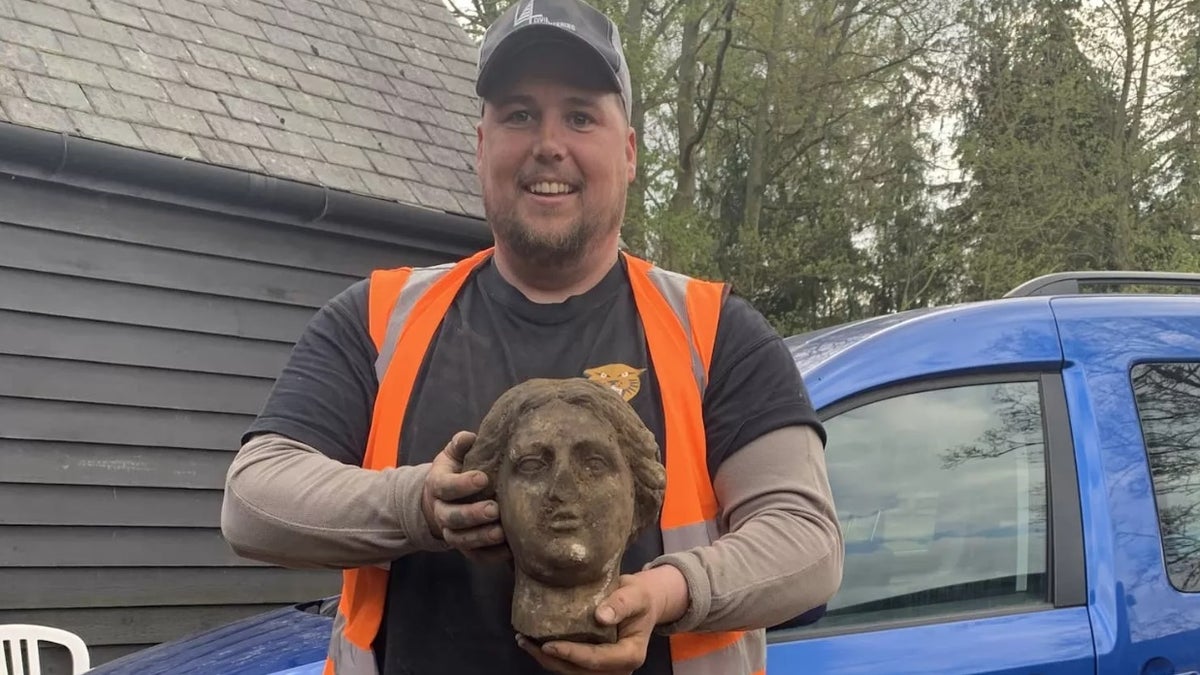
During a construction project in England, Greg Crawley found a statue of the head of a Roman woman that experts say is about 1,800 years old. (Burghley Treasures)
The stone head was discovered last spring during work on a parking area at a centuries-old historical countryside landmark called the Burghley House, about 90 miles north of London.
Since then, the woman statue’s head and the pedestal have been cleaned and reattached. It’s now on display inside the historic building, the Burghley Estate.
“This type of adaptation was often carried out by Italian dealers in antiquities during the late 18th century to make excavated ancient fragments more attractive to aristocrats traveling in Italy on what was known as the Grand Tour,” the Estate said in a statement.
AMELIA EARHART PLANE CRASH: AIR FORCE VET IS ‘CERTAIN IMAGES ARE HISTORY’S MOST FASCINATING WRECK’
“It is believed that it was during one of the ninth Earl’s two tours to Italy in the 1760s, when he purchased many antiquities, that he brought the sculpture back to Burghley.”
That explains what it is, but how it ended up in the park where it was found and how long it’s been there remains “a complete mystery,” according to the Estate.
“Explanations range from a bungled burglary to someone simply discarding the statue and it later being covered by soil.”
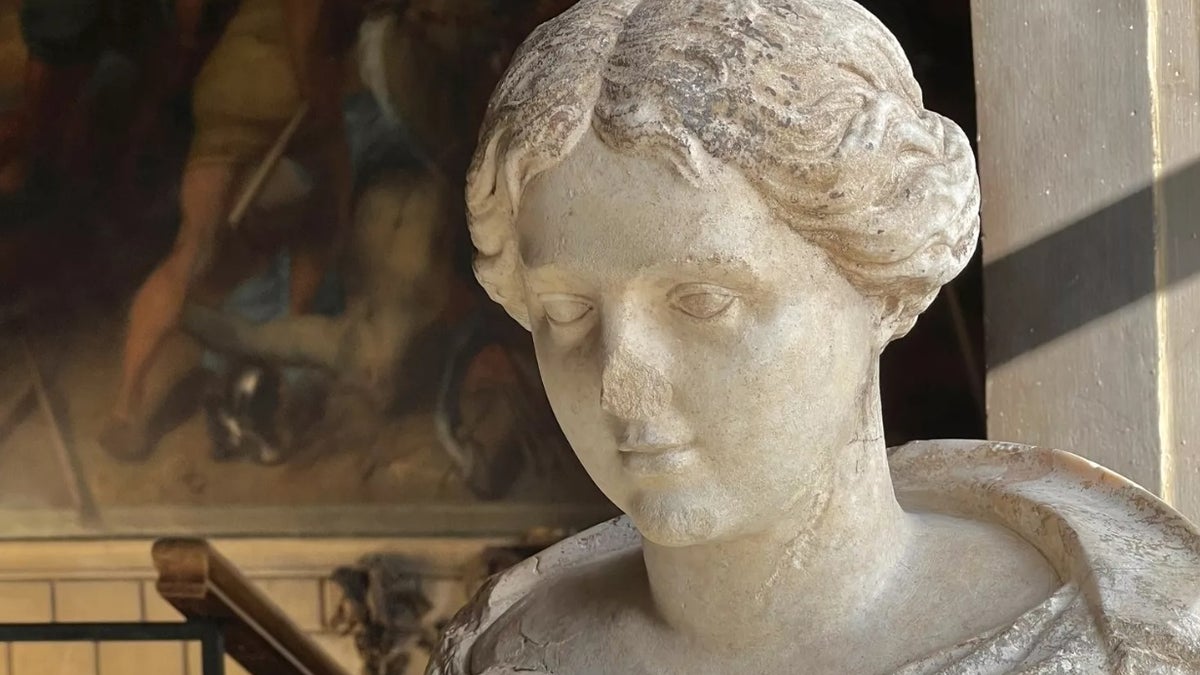
A mysterious artifact that’s almost 2,000 years old was found in England during a routine construction project. (Burghley Treasures)
Both the head and pedestal were taken to Burghley’s curator before being sent to a professional conservator, who was able to “carefully clean” and consolidate the figure.
The find was also reported to the British Museum, which maintains a database of these types of discoveries.
‘UFO REVOLUTION’ DOCUSERIES SHOWS UAP FLYING OVER MILITARY BASE, ‘BLOWS UP DECADES OF CONSPIRACIES’: EXPERT
The Burghley Estate includes the historic Burghley House, vast farmland, woodland and a “significant property portfolio” that includes eight municipalities.
It’s centered in the town of Stamford in Lincolnshire and spreads to the outlying villages of Pilsgate, Barnack, Collyweston, Easton on the Hill, Barrowden, Wakerley and Morcott, its website says.
It was built by William Cecil in the 1500s “as a country home for the dynasty that he founded and as a demonstration of his wealth and power,” according to the historical overview on the site.
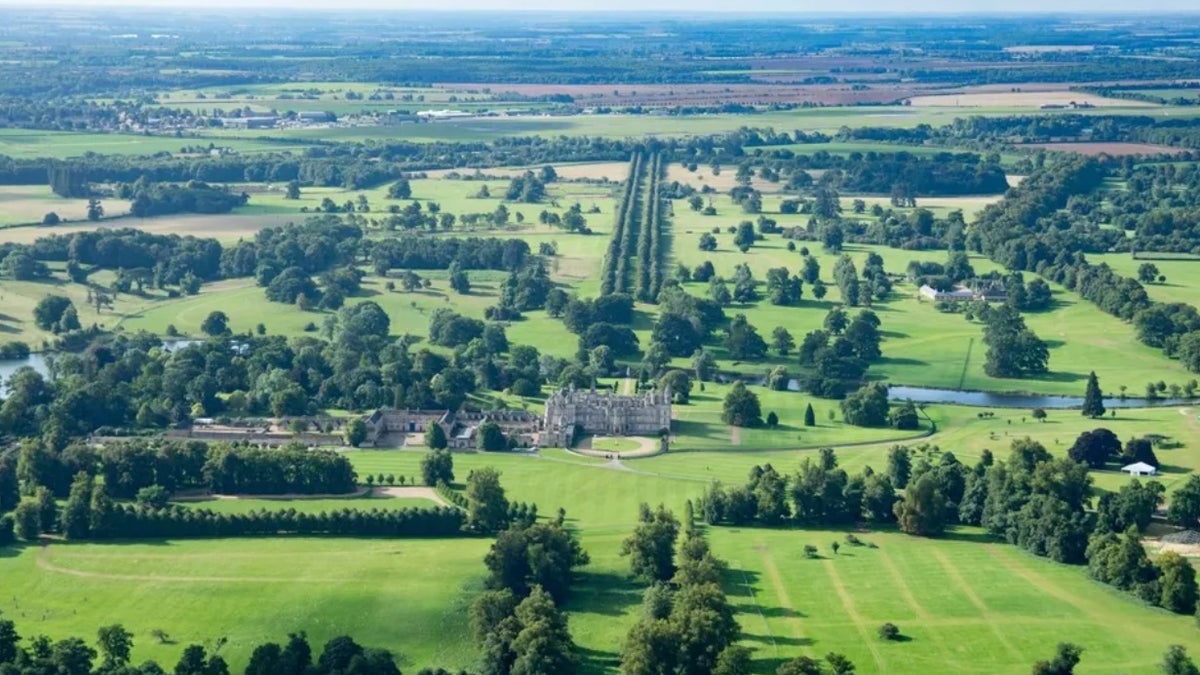
The Burghley Estate includes the historic Burghley House, vast farmland, woodland and a “significant property portfolio” that includes eight municipalities. (The Burghley Estate )
The Burghley House is still the home of Cecil’s descendants over 500 years later.
Miranda Rock and her family are the current residents. Rock, who works as the house director, looks after the house and collections on behalf of the Burghley House Preservation Trust, a charitable trust set up by her grandfather, the 6th Marquess of Exeter.
CLICK HERE TO GET THE FOX NEWS APP
The estate displays a vast collection of Italian Old Master paintings, among other historic works of art, and acts as a venue for special events, such as weddings, and operates a number of hotels.



